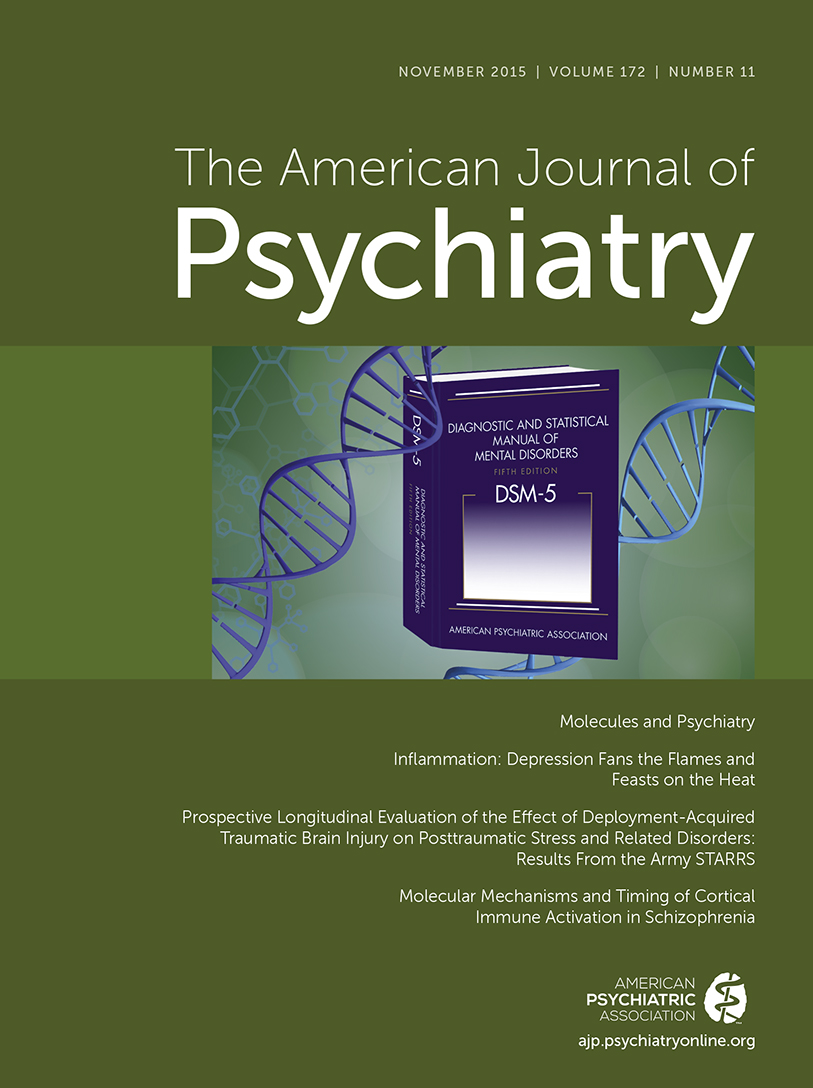In Vivo Measurement of GABA Transmission in Healthy Subjects and Schizophrenia Patients
Abstract
Objective:
Postmortem studies in schizophrenia reveal alterations in gene products that regulate the release and extracellular persistence of GABA. However, results of in vivo studies of schizophrenia measuring total tissue GABA with magnetic resonance spectroscopy (MRS) have been inconsistent. Neither the postmortem nor the MRS studies directly address the physiological properties of GABA neurotransmission. The present study addresses this question through an innovative positron emission tomography (PET) paradigm.
Method:
The binding of [11C]flumazenil, a benzodiazepine-specific PET radiotracer, was measured before and after administration of tiagabine (0.2 mg/kg of body weight), a GABA membrane transporter (GAT1) blocker, in 17 off-medication patients with schizophrenia and 22 healthy comparison subjects. Increased extracellular GABA, through GAT1 blockade, enhances the affinity of GABAA receptors for benzodiazepine ligands, detected as an increase in [11C]flumazenil tissue distribution volume (VT).
Results:
[11C]Flumazenil VT was significantly increased across all cortical brain regions in the healthy comparison group but not in the schizophrenia group. This lack of effect was most prominent in the antipsychotic-naive schizophrenia group. In this subgroup, [11C]flumazenil ΔVT in the medial temporal lobe was correlated with positive symptoms, and baseline [11C]flumazenil VT in the medial temporal lobe was negatively correlated with visual learning. In the healthy comparison group but not the schizophrenia group, [11C]flumazenil ΔVT was positively associated with gamma-band oscillation power.
Conclusions:
This study demonstrates, for the first time, an in vivo impairment in GABA transmission in schizophrenia, most prominent in antipsychotic-naive individuals. The impairment in GABA transmission appears to be linked to clinical symptoms, disturbances in cortical oscillations, and cognition.



